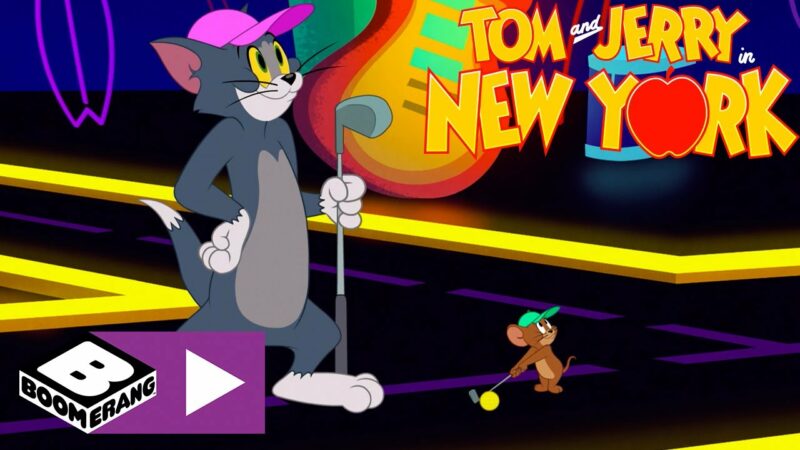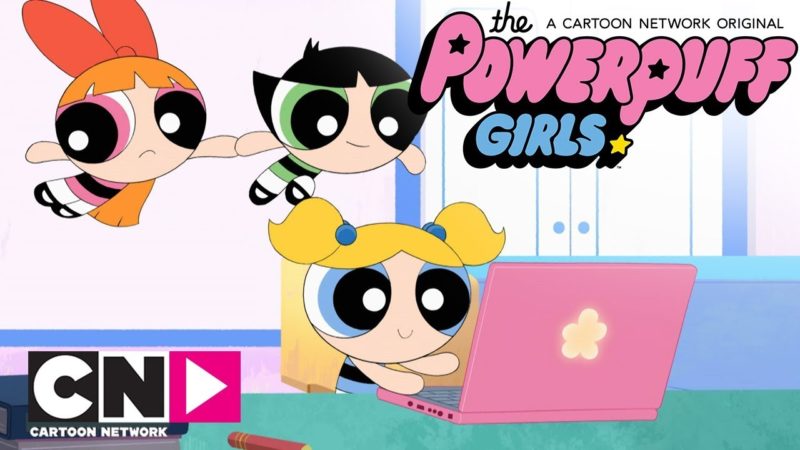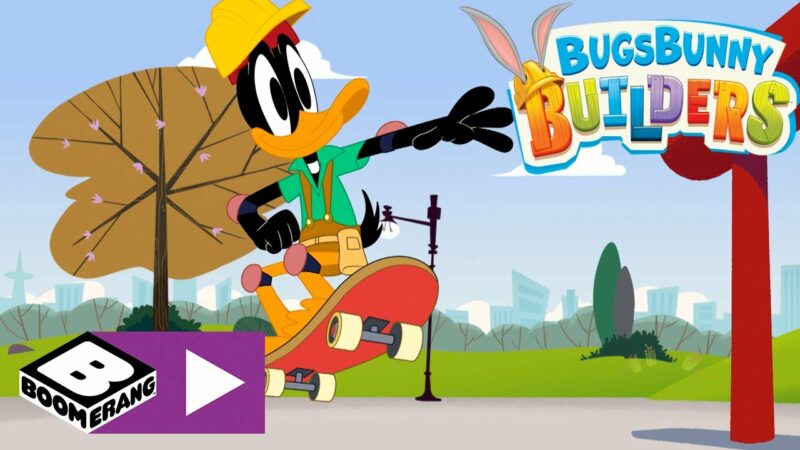Make Mine Music – the 1946 Disney animated film
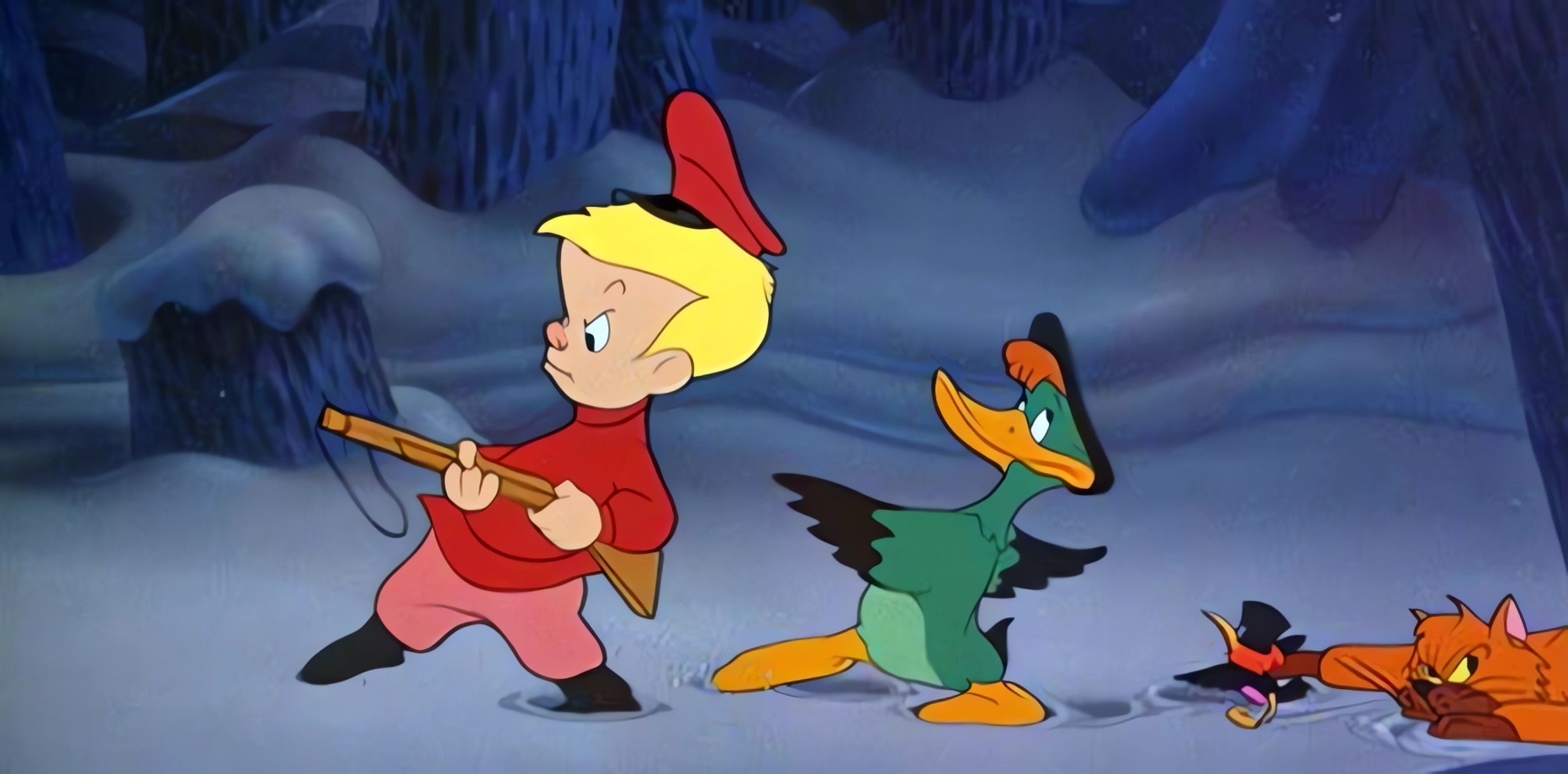
“Music Master”, known internationally as Make Mine Music, is a particular piece in the mosaic of Disney productions. Released way back in 1946 and distributed by RKO Radio Pictures, this animated film represents an eclectic meeting of genres, aesthetics, and storytelling that is often ignored when discussing Disney's legacy. But what makes this film so unique in the Disney panorama? Let's find out together.
A Difficult Historical Period
The historical context in which this film was born is undoubtedly one of the most tormented periods of the XNUMXth century: the Second World War. During these dark years, much of Walt Disney's creative staff had been drafted, and the remainder had been called upon to fulfill an equally crucial mission. The US government had required the animation giant to produce training and propaganda films, a request that left the production company with an abundance of unfinished story ideas.
A Creative Solution to Difficult Times
Like many other studios of the time, Disney also had to find a way to survive financially and keep the feature film industry alive. The solution found was to create "collective" or "package" films, composed of independent segments united by a musical thread. “Musica Maestro” is the third of these films, following in the wake of Saludos Amigos e The Three Caballeros.
A Mosaic of Styles and Genres
Shared direction between Jack Kinney, Clyde Geronimi, Hamilton Luske, Robert Cormack and Joshua Meador, “Musica Maestro” is an artistic experiment that allowed the various Disney artists to give free rein to their creativity. Each segment of the film is a little gem that shines with its own light, ranging from the touching to the funny, from the adventurous to the dreamlike.
A Passage to Cannes and Beyond
While the film received generally positive reviews, it was not free from criticism. In particular, the first segment, “I Testoni ei Cuticagna”, was the subject of debate for its alleged excess of violence. Despite this, “Musica Maestro” found international recognition, even participating in the prestigious Cannes Film Festival in 1946. Here, it won the Grand Prix International du dessin animé, or the International Grand Prize for animated drawing, further consolidating Disney's reputation in the field of animation.
The Magic of Music
One element that distinguishes this film from other Disney classics is the music, provided by musical director Al Sack. The soundtrack is not just an accompaniment, but becomes a character in its own right, capable of elevating each segment and uniting the variety of themes and styles into a harmonious visual and auditory symphony.
With “Musica Maestro”, Disney was able to react to a difficult historical period with inventiveness and originality, creating a work that deserves to be remembered and reevaluated. Even more so in an era where the animation industry is constantly evolving, the film represents an important reminder of the medium's ability to adapt, innovate and, above all, enchant.
The Testoni and the Cuticagna: A Love Feud
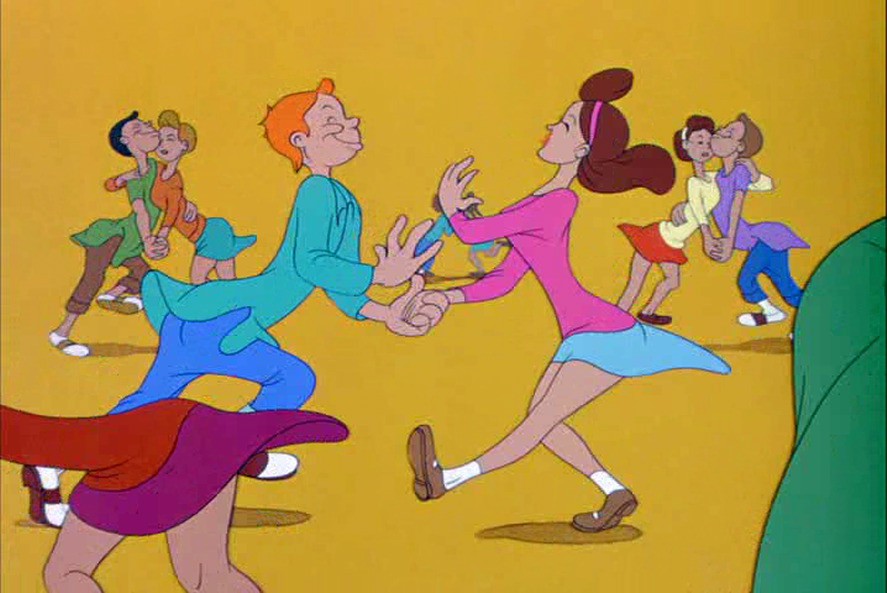
The film opens with the glow of the mountains and the echo of a family feud that recalls the myth of the Hatfields and the McCoys. “I Testoni ei Cuticagna” is a lively and rhythmic segment, orchestrated by the well-known radio station King's Men. The story takes a romantic turn when Grace Martin and Henry Coy, children of the two rival families, fall in love. The segment becomes an ode to love as a unifying force, although it was censored in the US version of the film due to the depiction of gun violence.
Blue Swamp: A meeting between “Fantasy” and Realism
“Blue Marsh”, originally conceived as part of “Fantasia” and based on Debussy's composition “Clair de Lune”, exudes an ethereal and enchanted atmosphere. The landscape of the Blue Swamp, the full moon and the herons soaring in the sky create a moment of serene contemplation.
When the Cats Get Together: The Jazz Explosion
The dynamic changes dramatically with “When the Cats Reunite”, a tribute to the youth of the 40s and their passion for jazz. Here, art emerges from the quick stroke of an animating pencil, while Benny Goodman and his orchestra churn out an irresistible track.
Without You: A Ballad of Love and Loss
“Senza Te” is an emotional pause in the film. Andy Russell sings the poignant ballad with an animation that evokes the loneliness and melancholy of a lost love. This segment serves as a moment of quiet and introspection between the livelier episodes.
Casey at the Bat: The Arrogance and the Downfall
“Casey at the Bat” is a football allegory that comes to life through poetry recited by Jerry Colonna. Casey's character is a symbol of excessive pride and the inevitable downfall that follows. Set in 1902, the segment is a moral lesson disguised as comedy.
Two Silhouettes: Art in Motion
“Due Silhouette” offers an artistic marriage between ballet and animation. Featuring two rotoscopic dancers, David Lichine and Tania Riabouchinskaya, the segment becomes a living tableau, further embellished by the song performed by Dinah Shore.
Peter and the Wolf: A Musical Fable
One of the most beloved segments is “Peter and the Wolf,” an adaptation of Prokofiev's famous composition. With Sterling Holloway's narrative, the story of Pierino, accompanied by his animal friends, becomes a moral fable where the music and the characters blend harmoniously.
After You've Gone: A Musical Carnival
“After You've Gone” sees the return of Benny Goodman and his orchestra, but this time as anthropomorphized musical instruments. The scene becomes a musical playground, a real carnival of sounds and colours.
Gianni di Feltro and Alice di Paglia: A Metropolitan Love Story



In “Gianni di Feltro and Alice di Paglia”, we witness the romantic meeting of two hats in a department store window. This segment tells a unique love story, full of adventures and twists, and seals the importance of destiny and coincidence.
The Whale Who Wanted to Sing at the Opera: A Dream Never Realized



The film reaches its emotional peak with “The Whale Who Wanted to Sing at the Opera”. This is a bittersweet tale of aspirations and misunderstandings, culminating in tragedy. The whale Gianni is presented as a misunderstood talent, an artist whose dream is dashed by a short-sighted impresario.
Distribution
Way back in 1946, the cinematic world was enriched by an animated work that would leave its mark: “Make Mine Music,” known in Italy as “Musica Maestro.” Like many other films of the period, this film did not enjoy a large-scale theatrical re-release. Instead, its distinct segments have found new life as separate shorts or as episodes in Disney television shows.
Home Media Version: A History of Adaptations
It is interesting to note that the first home video release of “Musica Maestro” took place in Japan in 1985. Several segments of the film, with the exception of “Senza di Te” and “I Testoni ei Cuticagna”, were then also released in the United States, mainly through the television series “The Magical World of Disney” and as stand-alone short films.
In Italy, the film has been available in several VHS editions since June 1983. The first version used the original video master and also included the segment “Casey at the Bat,” although presented in the original language given that in 1950 baseball was almost unknown in Italy.
Changes in the Italian Version
The Italian edition, edited by Alberto Liberati, has undergone some substantial changes compared to the original. The title track "Make Mine Music" was replaced by an instrumental version, and in the segment "When the Cats Gather" an opening explanation was added over the music. Furthermore, the film saw the removal of some parts due to censorship, as in the case of the segment "I Testoni ei Cuticagna", excluded due to its content deemed unsuitable for children.
A Life Beyond Borders
Although largely unavailable outside North America, “Musica Maestro” has been released in Scandinavia and, since 2013, also in the United Kingdom. However, the film remains one of two major Disney animated films ever released on DVD in Region 4, which includes Australia.
Availability on Streaming Platforms
Despite its historicity, “Musica Maestro” is the only film in the Disney animated canon that, until 2022, has not been made available on Disney+. However, after spending 21 years in the infamous “Disney Vault,” the film was finally released on Blu-ray through the Disney Movie Club website on November 2, 2021. While a full-length version was announced, the release instead included the censored in 2000.
Technical Sheet
General informations
- Original title: Make Mine Music
- Original language: English
- Country of Production: United States of America
- Year: 1946
- Duration: 74 minutes
Technical Data
- Format: Technicolor
- Aspect Ratio: 1,37: 1
Gender
- Animation, Musical
Management and Production
- Regia: Jack Kinney, Clyde Geronimi, Hamilton Luske, Robert Cormack, Joshua Meador
- Producer:Walt Disney
- Production house: Walt Disney Productions
- Distribution in Italian: RKO Radio Pictures
Artistic and Technical Team
- Special effects: George Rowley, Andy Engman, Jack Boyd, Brad Case, Don Patterson
- Music: Charles Wolcott, Ken Darby, Oliver Wallace, Edward H. Plumb
- Art director: Mary Blair, John Hench, Elmer Plummer
Cast and Dubbing
Interpreters and Characters
- Benny Goodman: Himself
- Tatiana Riabouchinska: Herself
- David Lichine: Himself
Original voice actors
- Nelson Eddy: Narrator and characters of “The Whale Who Would Sing at the Opera”
- Dinah Shore: Herself
- The Andrews Sisters: Themselves
- [Others]
Italian voice actors
- Stefano Sibaldi: Narrator of “Pierino and the Wolf”
- Alberto Sordi: Narrator of “The Whale Who Wanted to Sing at the Opera”
- Cetra Quartet: The King's Men, The Andrews Sisters
- [Others]
Episodes
- The Testoni and the Cuticagna
- Blue Swamp
- When cats get together
- Without you
- Casey at the Bat
- Two silhouettes
- Pierino and the wolf
- After You've Gone
- Gianni Di Feltro and Alice Di Paglia
- The whale who wanted to sing at the opera

